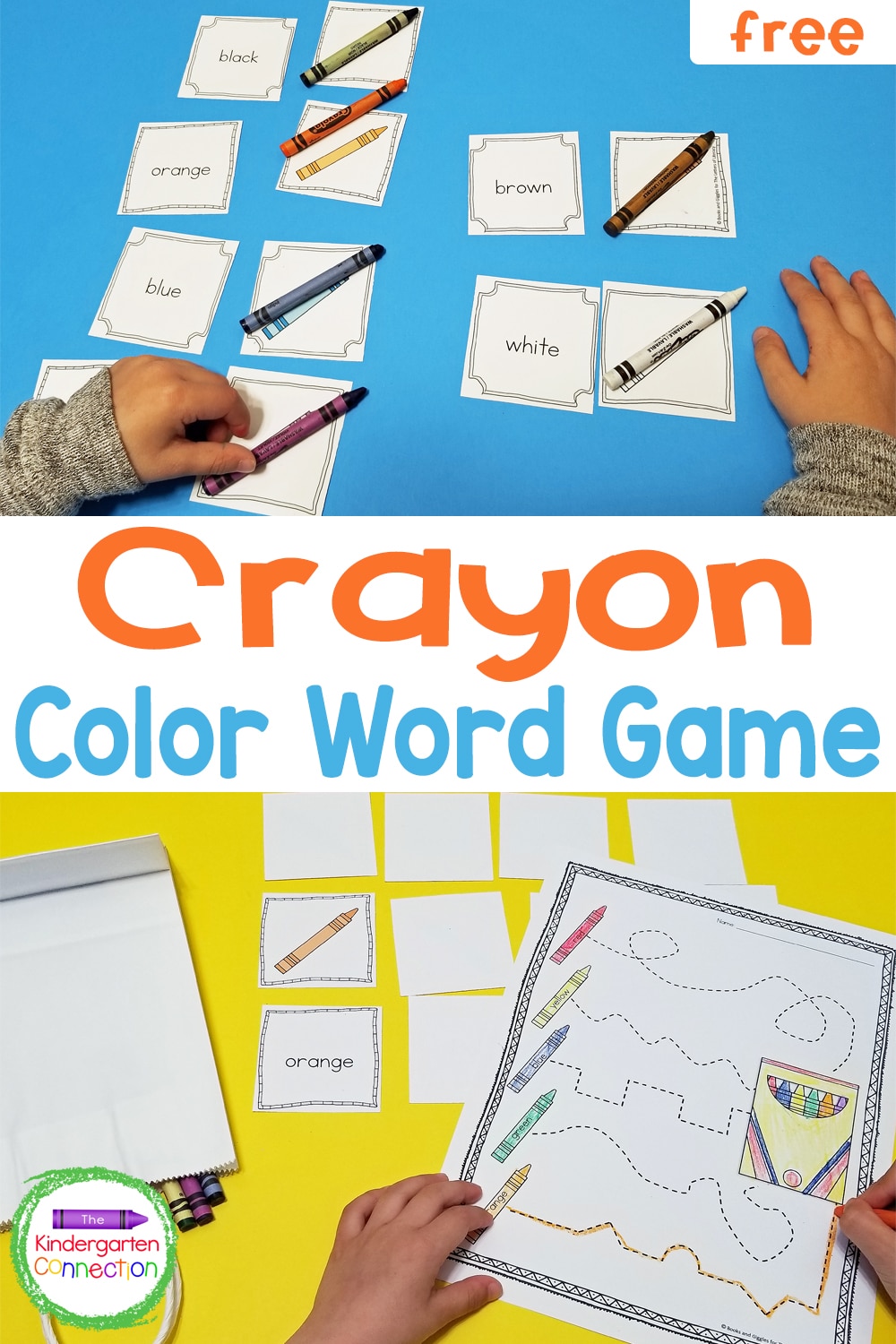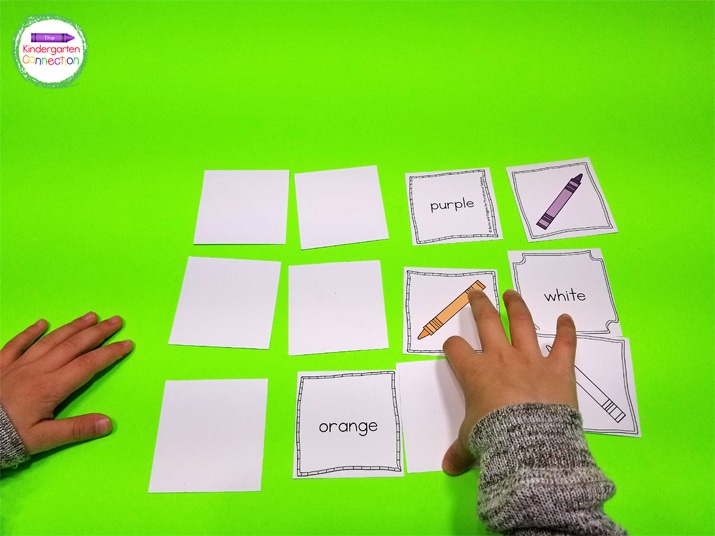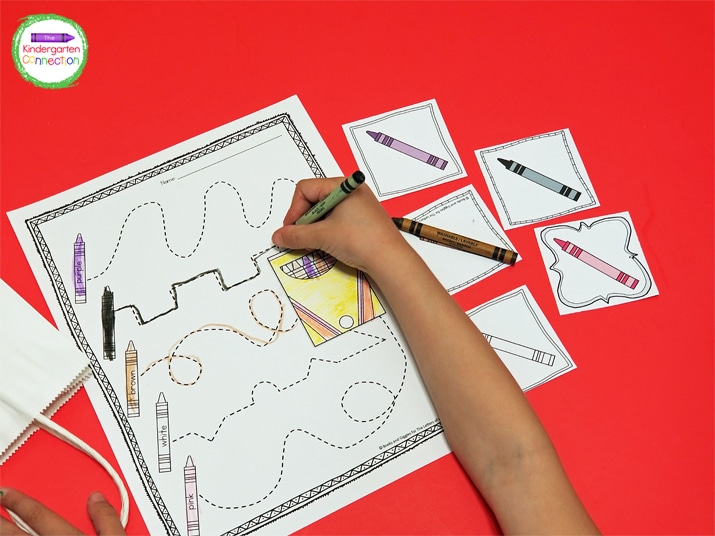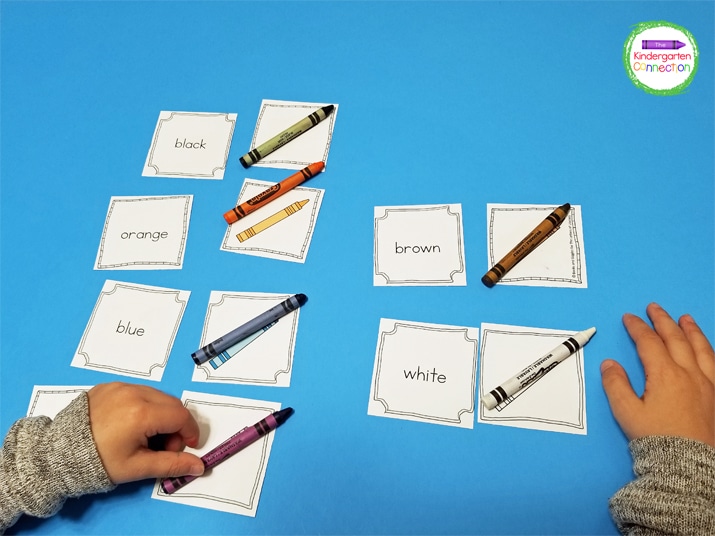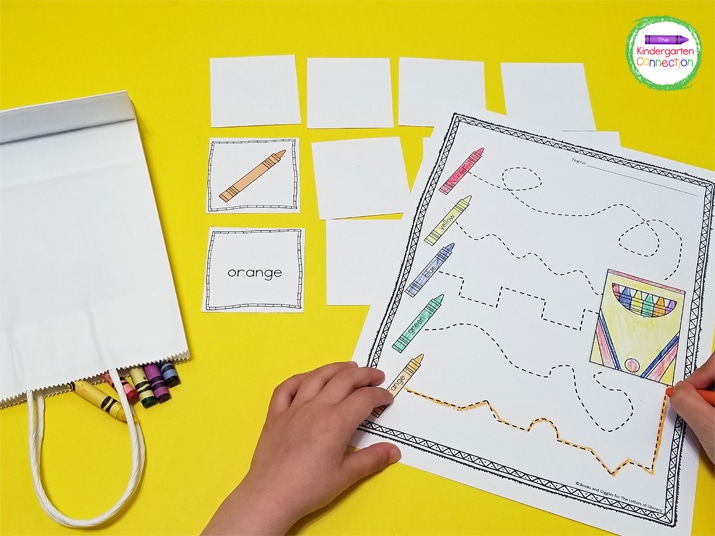These moments of some small artistry
Grasped upon and toyed with oh so playfully
A passing thought
Become a pleasing naught
For there is no deeper meaning here
Just some pretty colours challenging the black
Amid the balanced forms I’ve caught
Pendant Light in a Boston Pizza on a Snowy Day
Vancouver
British Columbia, Canada, 2019
Last week we entered the Valley. This week, let`s go for Colour or find something else to inspire you in this digitally filtered photograph of a pendant light in a Boston Pizza on a snowy day in Vancouver, British Columbia, Canada.
The Pic and a Word Challenge is a weekly creativity prompt offered Sundays.
Each week I provide a photograph of mine along with a single word. The challenge? Use the pic and/or word as points of inspiration to create something — a photograph, a painting, prose, poetry, fiction, non-fiction, longread or just a few words. You are welcome to use these two elements (photograph and word) literally, thematically or metaphorically. If you create both images and words, all the better.
To participate:
- Use any title you like
- Your response can be words and/or images
- You may use my image in your post, or any image you have created
- Mention that you are responding to the Pic and a Word Challenge
- Add a link to this post in your response
To help us find your response — whether on WordPress, Instagram, Flicker, Tumblr, etc. — you can also:
- Add a comment on this post to announce your response
- Apply the tag/hashtag “Pic and a Word Challenge” or “#picandawordchallenge” to your post
Each week, I’ll list the previous week’s responses at the end of the new challenge. I may also share some on my social media: Facebook, Twitter, Pinterest, Tumblr, etc.
Last week’s challenge: Valley

The word for last week’s Pic and a Word Challenge #174 was Valley, along with this photograph of the Maligne River flowing through Jasper National Parks’ Maligne Valley in Alberta, Canada.
Five bloggers floated gently down the Valley this week. Thank you, everyone! ❤
- Clearing, by Dancing Echoes
- St Valentine’s Mass – A Quadrille, by I Do Run
- To the valley below, by Manja Mexi Moving
- Lighting Pathways to Bliss, by neelwritesblog
- Sunrise at Monument Valley, by Jaspa’s Journal
View all the Pic and a Word Challenges, including the current challenge, on the Pic and a Word Challenge tag page.
Happy Creating!
Throughout my life, I’ve known February to be Black History month. Interestingly, though, that’s simply on account of my age, as this year marks only the 43rd year we celebrate and recognize African American achievements in the US and Canada—achievements that took place against a backdrop of inequalities and often injustices politically, economically, and socially. For me, I believe that one of the most important pillars to ensuring access and opportunity for all (as well as ending ignorance and racism) is education.
To raise awareness and celebrate Black History Month, storytelling with data is collaborating with data.world, Tableau Public, #MakeoverMonday, Viz for Social Good, and Data for Democracy to ignite the imaginations and talents of our respective community members around the datasets and data stories connected to Black History. Each week’s focus is on a different sub-topic. I’ve decided to make this month’s #SWDchallenge to be centered on education, specifically the access, benefits, opportunities, and ignorance-curbing power. Create a visual with this in mind and let’s use data to recognize the importance—today perhaps more than ever before—of education in our society.
Your work doesn’t stop there. Last month, the challenge was to create an annotated line graph (nearly 90 people shared their creations!). I felt that singling out a graph type here would be too limiting, however (we’ll come back to that in future challenges). Rather than dictate a type of visual, this month we will put into practice a specific tip I find myself giving often when it comes to creating effective visual stories: be thoughtful in your use of color and words.
This may sound like simple advice. It is, I suppose, but there are nuances and the impact of these two straightforward elements executed well can be huge—and can even help overcome other design issues. Let’s talk a bit more about each of these.
Color, used sparingly, is one of your most strategic tools when it comes to the visual design of you data stories. Consider not using color to make a graph colorful, but rather as a visual cue to help direct your audience’s attention, signaling what is most important and indicating where to look. Note that for this to be effective, the use of color must be sparing. If we use too many colors, we lose the ability to create sufficient contrast to direct attention.
Words used well will both ensure your visual is accessible as well as indicate to your audience what you want them to understand in the data. There are some words that must be there: every graph needs a title and every axis needs a title (exceptions will be rare!). Don’t make your audience work or make assumptions to try to decipher what they are looking at. Beyond that, think about how you can use words to make the “so what?” of your visual clear. I advocate use of a “takeaway title”—meaning, if there is something important that you want your audience to know (there should be), put it in the title so they don’t miss it. Also, when your audience reads the takeaway in the title, they are primed to know what to look for in the data. When I’m putting a graph on a slide, I’ll use the slide title for the takeaway (and put a descriptive title on the graph). When the graph is on its own, I’ll often title with both—typically “descriptive title: takeaway.”
As illustration, below is an example. Here, I’ve shown the progression (no need to do this for your challenge, you can simply share the final product) from base graph, then added color, and finally words. Notice how we immediately know what to look for and where to look in the final graph.
To recap the #SWDchallenge: find some data of interest related to education (you have free range within this: academia, higher education, black scholars, access, how education has helped ensure progress and opportunity, etc.). Data.world has curated a short list of datasets, or you can find even more in this list of publicly available data. Analyze the data to determine the specific story you’d like to tell. Harness the power of color and words to create your visual story. DEADLINE: Wednesday, 2/14 by noon PST. Specific submission details follow.
SUBMISSION INSTRUCTIONS:
- Make it. Identify your data and create your visual with the tool of your choice. If you need help finding data, check out this list of publicly available data sources.
- Share it. Email your entry to SWDchallenge@storytellingwithdata.com by the deadline. Attach your image as a .PNG. Put any commentary you’d like included in my follow up post in the body of the email (e.g. what tool you used, any notes on your methods or thought process you’d like to share); if there’s a social media profile or blog/site you’d like mentioned, please embed the links directly in your commentary (e.g. Blog | Twitter). If you’re going to write more than a paragraph or so, I encourage you to post it externally and provide a link or summary for inclusion here. Feel free to also share on social media using #SWDchallenge and #VisualizeDiversity and/or upload to the data.world page.
- The fine print. I reserve the right to post and potentially reuse examples shared.
I look forward to seeing what you come up with. Thank you for helping to celebrate Black History Month and the importance of education in our society. Stay tuned for the recap post!
Check out the #SWDchallenge page for all of the monthly challenges and recaps.
I will be posting imaginative, creative multi-media lessons using PowerPoint presentations with embedded videos, and supported with Word based worksheets and Kahoot quizzes where applicable.
Last updated
24 August 2022
This PowerPoint illustrates the fairly well known «Stroop Effect».
Slides show color-words written in different colors and the task is to first read the word, and then to say the color.
Let me know if you have any questions or suggestions, and a BIG BIG thanks for looking (as a full time practicing teacher, I KNOW how time consuming this process can be).
ALL my postings are FULLY «classroom-tested» — before I publish, my lessons are tested by both myself and colleagues, rigorously evaluated and discussed, and continually updated to maximize their effectiveness.
But there is always the possibility of error and room for improvement, so do please provide constructive feedback.
Search words: starters, challenge, brain, stimulate, problem, mental, thinking, abstract
Reviews
Something went wrong, please try again later.
This resource hasn’t been reviewed yet
To ensure quality for our reviews, only customers who have purchased this resource can review it
Report this resourceto let us know if it violates our terms and conditions.
Our customer service team will review your report and will be in touch.
Last updated
24 August 2022
I will be posting imaginative, creative multi-media lessons using PowerPoint presentations with embedded videos, and supported with Word based worksheets and Kahoot quizzes where applicable.
Not the right resource?
See other similar resources
This post contains affiliate links for your convenience. View our full disclosure policy here.
This free Crayon Color Word Game is a fun book extension activity for The Day the Crayons Came Home by Drew Daywalt and provides great practice for reading color words. Color words are common sight words that can require a lot of exposure and practice. This activity is great for independent work, small groups, and literacy centers in Pre-K and Kindergarten. Your kids will love it!
*Pair with our Color Centers and Activities for Pre-K & Kindergarten!
The Day the Crayons Came Home is the fun, quirky companion to The Day the Crayons Quit. In this story, wayward crayons return home, and air their complaints of poor treatment. It’s perfect for starting a discussion about how kids should treat their crayons. Both books make fun read alouds to accompany a lesson on color words.
We love making up games. One of my son’s favorite games when he was in Pre-K and Kindergarten was Concentration. I remember playing over and over with him using a colorful deck of fruit and vegetable cards that our grocery store had given away as a promotional item.
Later, when my twins were that age, the cards somehow got mixed in with all the toy kitchen items. The girls would match the plastic grapes to the purple grapes card, the fake carrots to the carrot card, etc. But I’ll never forget how much fun they had with those cards. So we decided to make up our own card game!
To get started, first gather your supplies!
- Game cards and recording sheets (download below)
- Cardstock or tag board
- 10 crayons: red, orange, yellow, green, blue, purple, pink, brown, black, and white
- Opaque bag or empty tissue box to hold the crayons
Ways to Play
This Crayon Color Word Game involves matching actual crayons to cards with pictures of crayons, and to cards with just color words on them. There are three versions, all using basically the same cards and recording sheets, and offering multiple options for differentiation.
Beginner Version
This version gives non-readers exposure to color words and practice playing card games.
- Spread out only the picture cards, face up.
- Pull a real crayon from the bag, and lay it on the matching card.
- Repeat with the rest of the crayons.
- Finally, use the crayons to color the recording sheet.
Intermediate Version
Students who are just learning to read color words will love this version. It is similar to the game of Concentration with an extra element of fun thrown in – crayons!
- Spread out all the cards face up.
- Pull a real crayon from the bag.
- Then, match both the picture card and the word card for that color.
- Next, use the crayon to color in the recording sheet.
- Repeat with the rest of the crayons and cards.
Challenge Version
Once students can fluently read color words, they are ready for an additional memory challenge. This version is also a fun twist on the game of Concentration.
- Spread out all the cards face down in rows.
- Pull a real crayon from the bag. Then, turn over 2 cards trying to match the crayon color with a picture card and a word card.
- If the cards and crayon all match, set the cards aside, and use the crayon to color in the recording sheet.
- If they don’t match, then flip the cards back over and return the crayon to the bag.
- The crayon box cards are wildcards. If you turn one over, set it aside and go again.
- Repeat until all cards and crayons are matched.
I set up the challenge version of this game to test it out, and all three of my kids were eager to play. It turns out that even though they’ve already learned their color words, Concentration is fun at any age!
Grab Your FREE Copy
Ready to practice color words? Get your free copy of this super fun color word game by clicking the large, yellow download button below!
- Author
- Recent Posts
Heather is a teacher turned work at home mom of three. She loves creating fun early literacy activities and crafts for preschool and kindergarten. She blogs over at Books and Giggles where she hopes you’ll find some fresh inspiration and helpful resources whether you’re a teacher, homeschooler, parent, children’s librarian, or daycare provider.
Home
Chevron icon
It indicates an expandable section or menu, or sometimes previous / next navigation options.
Lifestyle
Only 1 in 5 people can pass this brainteaser that mismatches the written name of a color and its actual color, can you?
Samantha Lee/INSIDER
Sign up for notifications from Insider! Stay up to date with what you want to know.
Subscribe to push notifications
Read next
NOW WATCH: Circus performer creates an optical illusion with rings
Game
brain teaser
More…
Close icon
Two crossed lines that form an ‘X’. It indicates a way to close an interaction, or dismiss a notification.

